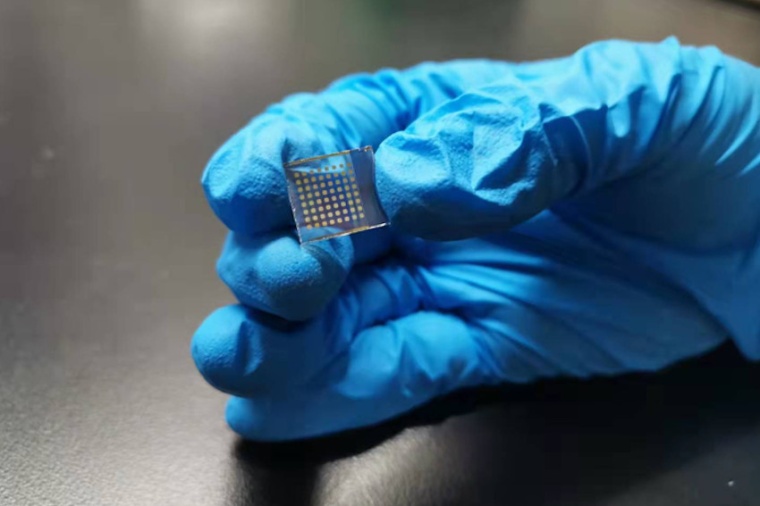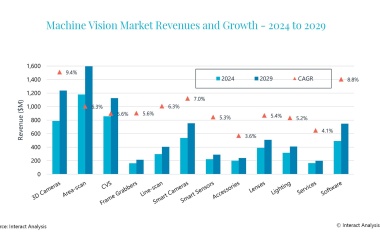New kind of all-optical-input transistors
Due to a Schottky barrier-tuning effect and trap-filling effect, hot-electron photocurrent in a gold electrode could be amplified tens of times.
Hot-electron photodetectors show poor photoelectric performance due to the limitation of the small number and low energy of hot electrons. Traditional phototransistors use electricity to drive the transport of hot electrons and control photocurrent. However, the existence of defects leads to a slow response rate, voltage drive leads to a significant increase in dark current, and an electrical drive system is required.

In a new search, a team led by Fei Guangtao and Xu Shaohui from the Institute of Solid State Physics, Hefei Institutes of Physical Science, realized enhancement and fast stabilization of hot-electron photocurrent of all-optical-input transistors with the regulation of ultraviolet light. “We introduced an ultraviolet light (gate light) to regulate the hot-electron photocurrent, which is excited by infrared light (source light),” said Liu Shuli, “due to Schottky barrier-tuning effect and trap-filling effect, hot-electron photocurrent in the Au electrode could be amplified tens of times, and response rate could also be improved.”
With the gate light increasing power, the enhanced photocurrent reaches a stable state quickly. It is beneficial to understand and regulate the surface state of semiconductors in optoelectronic fields. Considering that this type of transistor can work without electric support, it can be used in special environments that prohibit the use of electricity. Moreover, this interesting feature will make devices more reliable and will meet the demands of energy-saving and low-carbon age. (Source: Hefei Inst. / CAS)











